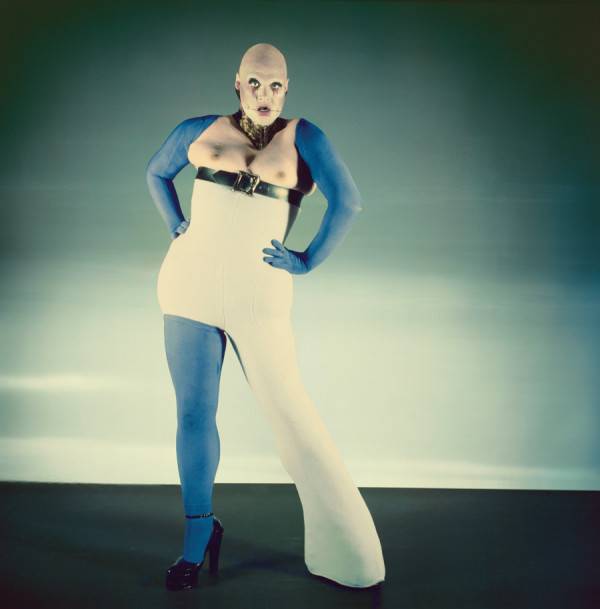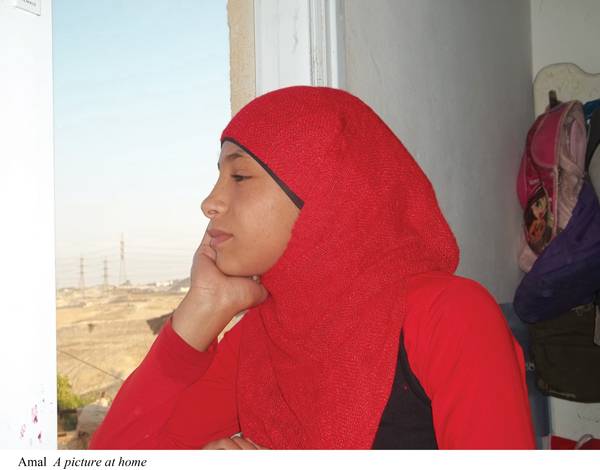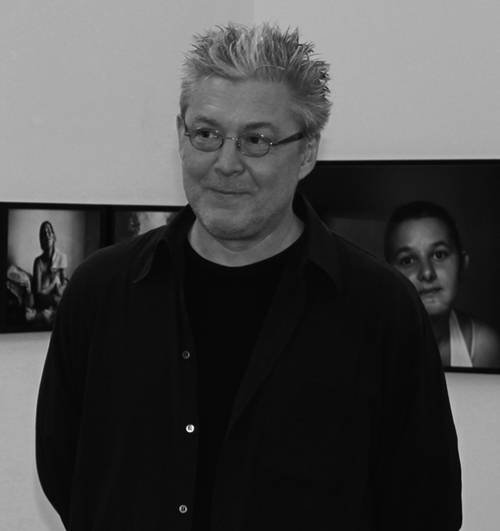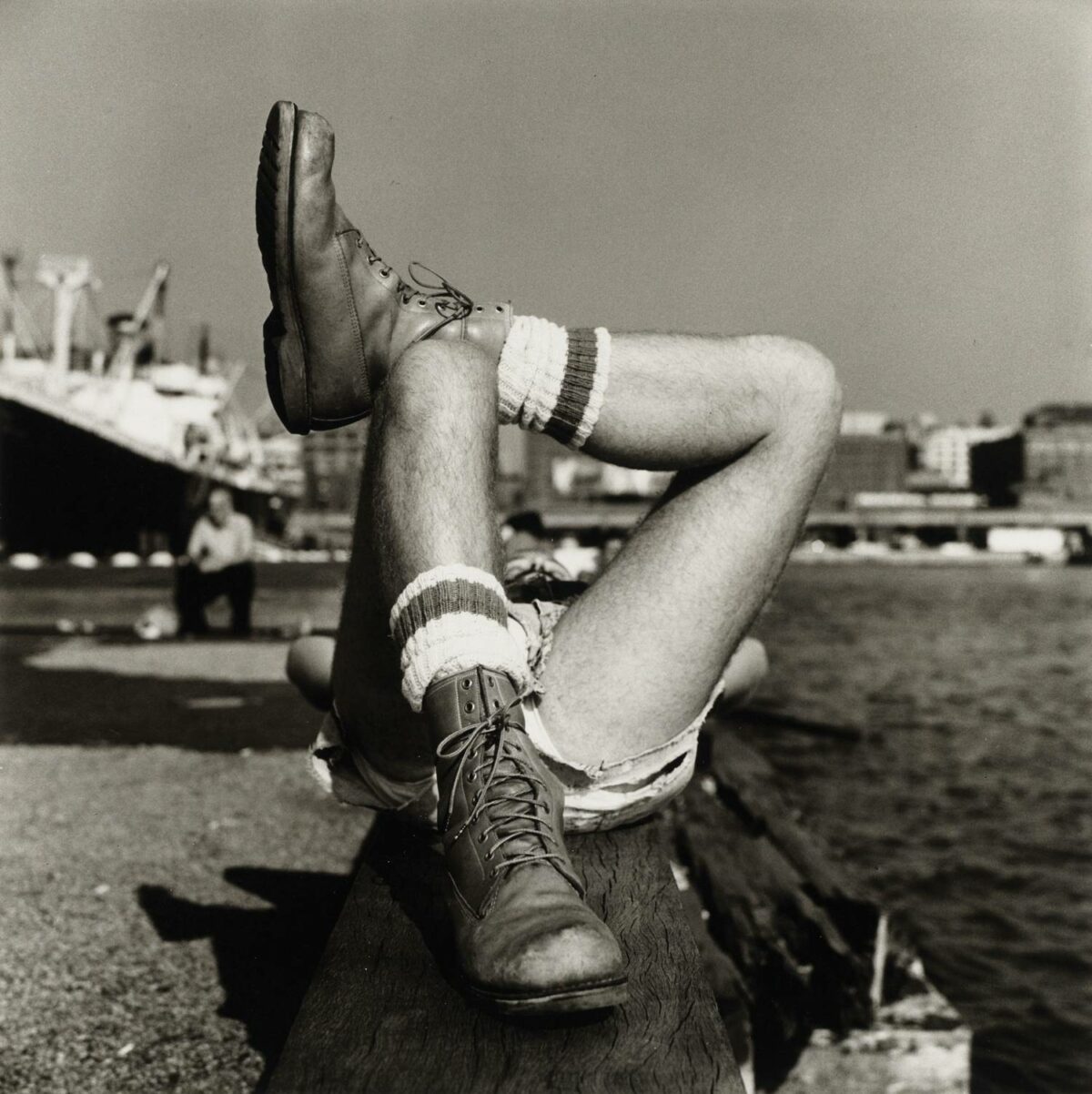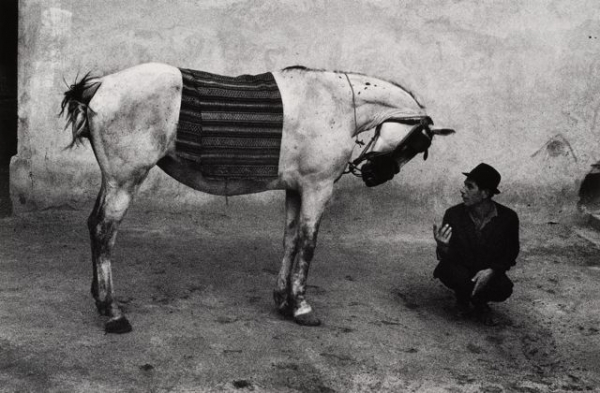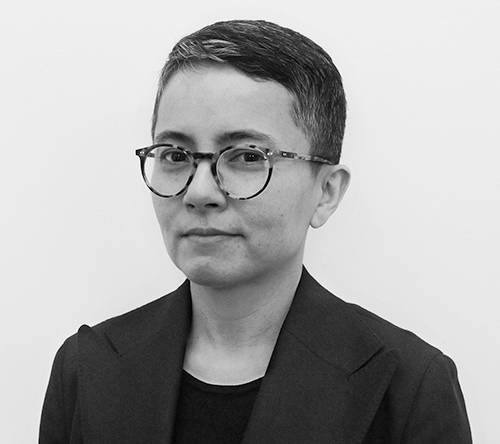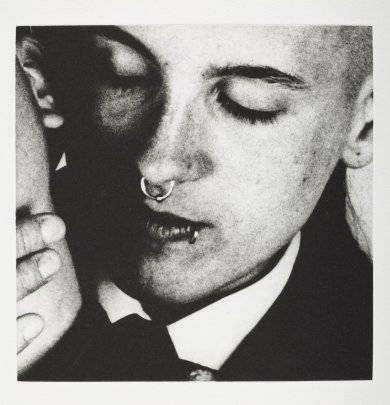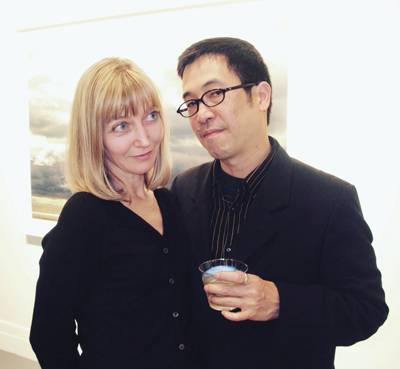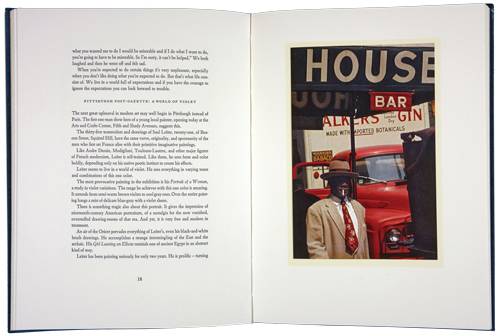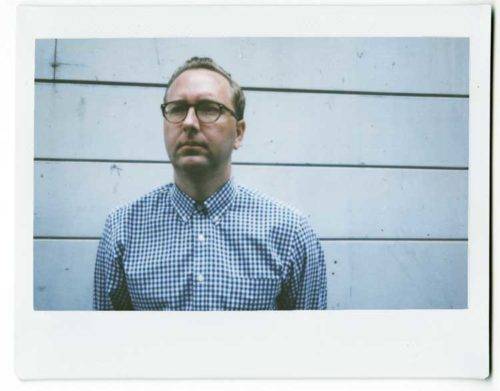Josef Astor’s portraits from the ‘80s and ‘90s are surprisingly current: when they were on view this summer at Participant Inc on the Lower East Side, they attracted a crowd of surprisingly young admirers. His subjects, often gender fluid, fit perfectly into today’s more accepting discussion of gender roles. When he made the photographs, New York’s counter-culture scene was downtown, and it was nocturnal. His subjects’ personal sense of morality challenged established lifestyles and notions of sexuality.
Astor’s portraits do not shock, but they don’t shy away from sexual taboos and nudity. Like the provocative French Surrealist Pierre Molinier, whose pictures were more or less autobiographical, Astor blurred the lines between his subjects and himself.
When Astor left Ohio, where he was born and raised, to live in New York, he had the good luck to work for the great Irving Penn, whose photographs he revered. Penn can be credited with inspiring Astor’s elegant lighting, but his surreal compositions are the influence of the eccentric Angus McBean, a great British theatrical photographer who used dramatic props in his photographs. One of the highlights of Astor’s career was assisting McBean during a photo shoot of the hip-hop group Run-DMC for Details magazine.
Before Photoshop became a convenient tool, Astor used backdrops and front-screen projections to create inspired settings. His choice of exquisite costumes and props, often created by the artists he photographed, added up to unique portraits. Like Paul Outerbridge, a pioneer in color photography, Astor created his own color palate by cross-processing in the darkroom.
An Astor photograph is easily recognizable: someone once called it “skewed classicism;” I call it classic portraiture with a twist.

